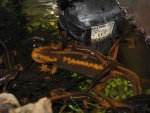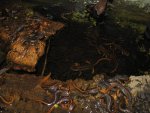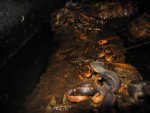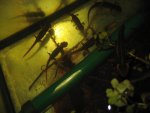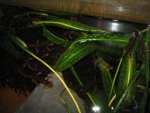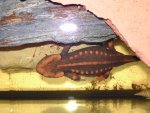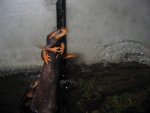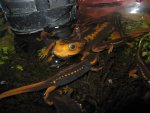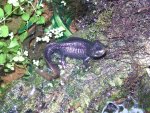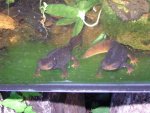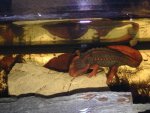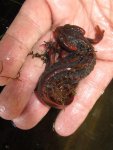shruti
New member
Hi everyone,
I have got 4 T. verrucossus caught from the wild by myself as I am doing research on them.Out of four, two are sub adults and two adults- one gravid female and one non gravid female. The gravid female is feeding well on the earth worms but other three are not feeding. I have been traveling for my field work and now I want to have a temporary setup for them. Guwahati is very hot and the room temperature is 30-32 degree celsius. I am keeping ice packs in the water to bring down the temperature. I think they might be in stress and so they are not feeding. What is the best diet for the sub adults?
When I will be traveling how best I can transport them with me?
Need help!
I have got 4 T. verrucossus caught from the wild by myself as I am doing research on them.Out of four, two are sub adults and two adults- one gravid female and one non gravid female. The gravid female is feeding well on the earth worms but other three are not feeding. I have been traveling for my field work and now I want to have a temporary setup for them. Guwahati is very hot and the room temperature is 30-32 degree celsius. I am keeping ice packs in the water to bring down the temperature. I think they might be in stress and so they are not feeding. What is the best diet for the sub adults?
When I will be traveling how best I can transport them with me?
Need help!

